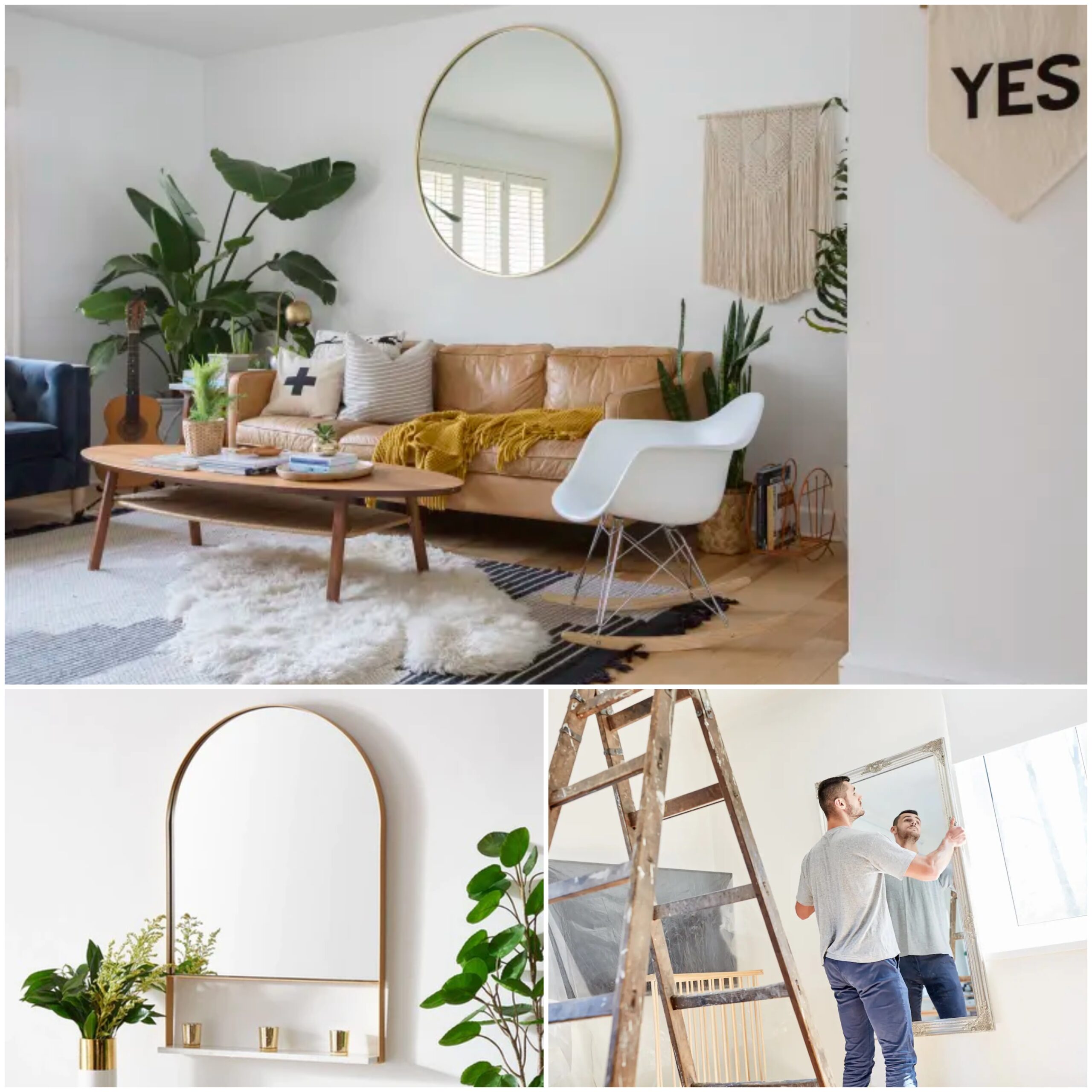Table of Contents
Zazen, another name for Zen meditation, is a simple yet powerful technique that promotes inner peace. Creating a Zen meditation room within your house has many benefits.
It involves just sitting still and paying attention to your breathing. This exercise can lower stress, boost focus, and improve general well-being.
It helps you set up a routine by providing a specific area for meditation practice. You can relax, practice mindfulness, and make a connection with yourself in this room.
You may build a haven that promotes mental and emotional well-being by setting up a Zen meditation room.
Create a Zen Meditation Room in Your Home
- Zen Meditation and Its Principles
The Buddhist tradition is the source of Zen meditation, also known as Zazen meditation. “Zen” refers to the practice of meditation, which points out awareness and the presence of mind.
Zen meditation usually means sitting quietly, paying attention to your breath, and letting go of racing thoughts. The intention is to arrive at a clear and peaceful state.

Choosing the Right Space
1. Find a Quiet and Clutter-Free Area in Your Home
- Selecting the ideal location is the first step in setting up a Zen meditation room.
- Locate a peaceful spot in your house where you can unwind without being bothered.
- It is necessary to pick a room that is clutter-free and quiet.
- Meditating is made easier by a calm atmosphere that is created by a neat and organized space.
2. Natural Light and Ventilation
- The presence of natural light greatly contributes to the calming atmosphere.
- Select a space that has lots of windows to let in natural light.
- Your mood can be lifted and the room can feel cozier with sunlight.
- If there is not much natural light available, you can achieve a similar effect with warm, soft lighting.
- It is also fundamental to have sufficient ventilation.
- You feel more cozy and relaxed when you are outside.
- Select a room where you can open the windows to let in fresh air if at all possible. This will maintain a welcoming and fresh atmosphere in the room.
3. Privacy and Minimal Distractions
- Creating a private Zen meditation room is required. You are looking for a quiet area where you can practice meditation.
- Select a room in your house that is not close to busy areas.
- If you share a home with others, inform them in advance that this area is reserved for your meditation practice so they won’t bother you.
- Distractions should be kept to a minimum when practicing meditation.
- Anything that could divert your focus from your practice should be removed.
- This includes anything that detracts from an atmosphere of calm, like electronics or loud devices.
- Your meditation will be supported better in a simpler, quieter environment.

Essential Elements of a Zen Meditation Room
1. Colors and Decor
- Calming and Neutral Colors
Use soothing colors like pastel blues, and greens, earthy tones like taupe or beige, and whites to decorate your Zen meditation room.
The colors help create a calm environment by encouraging rest and tranquility.
- Minimalist Decor to Create a Serene Environment
Keep everything simple and organized. The calmness of the room can be improved with minimalist decorations like Buddha statues, wall hangings, or artwork with a Japanese influence.
When meditating, stay away from decorations that are too busy or elaborate.
2. Furniture and Layout
- Comfortable Seating
Select cozy seating options like low stools, meditation cushions (zafu), or cozy chairs with supportive backs.
Finding a seating configuration that makes it comfortable for you to sit for extended periods of time is the aim.
- Furniture to Promote Openness and Flow
Make sure the furniture is arranged to encourage flow and openness in the space. Aim to avoid arranging furniture in a way that blocks or creates natural pathways.
This design boosts the feeling of openness and peace, which is beneficial for your meditation practice.
3. Natural Elements
- Plants and Natural Materials
Add plants like bonsai trees, bamboo, or little potted plants to your Zen meditation room to bring in natural elements.
Wood, bamboo, and stone are examples of natural materials that can be used for flooring, accent pieces, or furniture.
These components give off a feeling of rootedness and natural connection.
- Water Features for Tranquility
A little tabletop fountain or a water feature with softly flowing water might be added.
The sound of running water can help you unwind and block out outside sounds, which makes it a peaceful environment for meditation.
Make sure there are no distractions caused by the water feature and that it is simple to maintain.
Read: The Psychology of Color in Interior Design – Color Your Mood

Boosting the Ambiance
1. Lighting
- Utilize Soft, Diffused Lighting
Select dimmable floor lamps, paper lanterns, or candles for soft, delicate lighting. Warmth and relaxation are evoked in the space through the use of soft lighting.
Stay clear of harsh, bright lights during meditation as they can be distracting.
- Avoid Harsh, Bright Lights
Strong lighting can cause you to lose focus and take away from the peaceful atmosphere of your Zen meditation room.
Select lighting that has adjustable settings to produce a calming, gentle glow that fosters a peaceful atmosphere.
2. Sound
- Add a Sound System for Calming Music or Nature Sounds
Include speakers or a sound system to play relaxing music, nature sounds like soft rain or waves in the ocean, or meditation music with calming tones.
These noises provide a peace auditory environment that may help in relaxation and meditation practice development.
- Consider the Use of a White Noise Machine
Consider using a white noise machine to block out distractions if the environment where you meditate is noisy outside.
During meditation, white noise machines provide a steady sound that can help you stay focused and concentrated by sinking out background noise.
3. Aromatherapy
- Essential Oils and Incense to Create a Calming Atmosphere
Use aromatherapy to improve the atmosphere in your Zen meditation room. Use a diffuser to release calming, relaxing scents, such as those from essential oils like chamomile, sandalwood, or lavender.
As an alternative, you can also create a calm atmosphere by lighting incense sticks or cones.
- Safety Tips for Using Candles and Incense
Put safety first when using incense or candles to avoid mishaps. Always keep candles under supervision and place them in safe holders far from combustible objects.
When using incense, make sure there is enough ventilation to avoid smoke development in the space.
For added safety, think about switching to electric candles and incense.
Personalizing Your Zen Space
1. Personal Touches That Promote Relaxation
Decorate your Zen meditation room with objects that hold sentimental value and promote a sense of serenity.
This might be made up of,
- Meaningful Artwork
Pieces of abstract art, nature scenes, or spiritually themed art can all be hung or placed to promote calm.
- Spiritual Symbols
Include symbols like Buddha statues, prayer flags, or crystals that are symbolic of your spiritual beliefs. During meditation, these objects can act as focal points, strengthening your bond with the practice.
2. Space Clutter-Free and Organized
Having a clutter-free space is important to keeping the atmosphere calm.
To maintain order in your Zen meditation room,
- Minimalist Approach
To prevent visual clutter, stick to a minimalist decor style.
Add only items that boost the quality of your meditation practice or add to the peaceful atmosphere of the room.
- Storage Solutions
When keeping essential items away from sight, use easy storage solutions like baskets, shelves, or small cabinets to keep them organized.
- Routine Tidying
Keep the area clean on a regular basis to stop clutter from building up.
During meditation, having a tidy and organized space supports in keeping the mind sharp and concentrated.
Read: Minecraft Interior Design – Elevate Your Style with Creative Ideas

Preserve Its Peacefulness
Maintaining your Zen meditation room peacefully requires regular upkeep.
To maintain the room’s tranquility and appeal,
Regular Cleaning
To get rid of distractions, dust, and dirt, clean the space often. This includes keeping clean windows, vacuuming or sweeping the floor, and wiping down surfaces.
- Refreshing the Space
Rearrange furniture, change the décor, or add new accents like fresh flowers or original artwork to periodically update the space. This can maintain the room’s lively and motivating vibe.
- Mindful Maintenance
Maintaining your meditation space should be done mindfully. As you tend to the space, take your time and make the process an addition to your meditation routine.
Local Zen Meditation Groups and Classes in the USA
Taking a class or joining a local Zen meditation group can help you develop your practice and get more support.
Here are a few methods for locating nearby resources,
1. Zen Centers and Temples
Zen centers and temples can be found in many American cities, providing classes, meditation sessions, and retreats.
Among the renowned centers are,
- San Francisco Zen Center (California) – CLICK HERE
- Zen Mountain Monastery (New York) – CLICK HERE
- Kwan Um School of Zen (Massachusetts) – CLICK HERE
2. Meetup.com
- Find local Zen communities and meditation groups by using this platform.
- Find regular meeting groups in your area by searching for “Zen meditation.”
3. Community Centers and Yoga Studios
- Local yoga studios and community centers frequently provide meditation classes, including Zen meditation sessions. Check them out.
4. University and College Programs
- A few colleges and universities host Zen meditation groups or offer meditation classes.
- Consult the local institutions about the programs that are offered.
Bottom Line
There are many advantages to setting up a Zen meditation room in your house.
It offers a designated area where you can find peace of mind and get away from the stresses of everyday life.
You can sharpen your attention, lower your stress level, and generally feel better by engaging in regular Zen meditation practice.
Read: Lighting Design Tips – Illuminating Your Home with Style and Functionality











